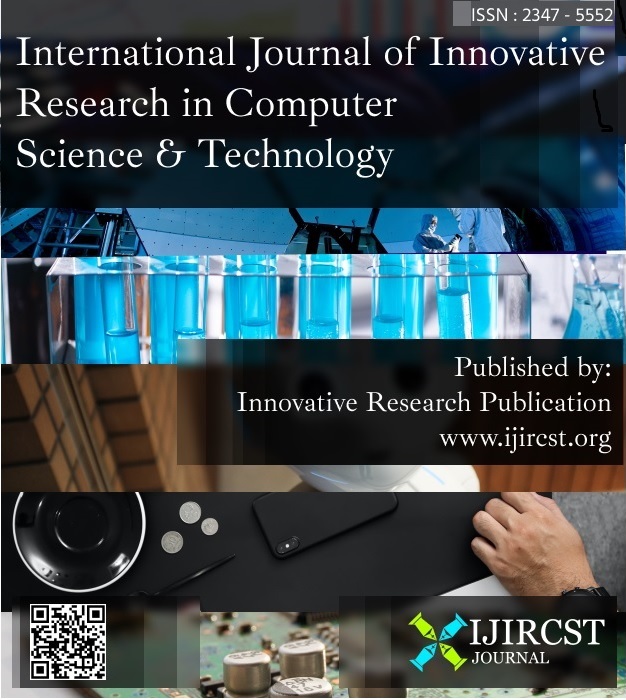Advancing Surgical Imaging with cGAN for Effective Defogging
Keywords:
Deep Learning; Image Elimination; U-Net; Generative Adversarial Networks; Image Removal AlgorithmAbstract
Image-based defogging technology can significantly enhance intraoperative image quality and shows great promise in various medical fields. A new image removal algorithm based on conditional generative adversarial networks (cGAN) has been developed. This algorithm employs the Tiramisu model instead of the conventional U-Net, thereby improving its computational accuracy. Additionally, the quality of the resulting images is enhanced by incorporating more textual data. A novel visual perception method is proposed, utilizing a contrast-based approach to improve the similarity between images with the same semantic content. Experiments demonstrate that this method not only excels at fog removal but also better preserves the key visual features of the images. Compared to existing image defogging technologies, this method offers superior qualitative analysis capabilities. This advancement can aid doctors in better visualizing intraoperative images. The effectiveness and robustness of the proposed method are validated through comparative analysis with several existing image noise reduction techniques.
References
M. R. Pavan Kumar and P. Jayagopal, "Generative adversarial networks: a survey on applications and challenges," International Journal of Multimedia Information Retrieval, vol. 10, pp. 1-24, Jan. 2021.
W. L. Jun and Z. H. U. Rong, "Image defogging algorithm of single color image based on wavelet transform and histogram equalization," Applied Mathematical Sciences, vol. 7, no. 79, pp. 3913-3921, 2013.
S. Suresh and S. Lal, "Modified differential evolution algorithm for contrast and brightness enhancement of satellite images," Applied Soft Computing, vol. 61, pp. 622-641, 2017.
T. Xu, I. Li, Q. Zhan, Y. Hu, and H. Yang, "Research on Intelligent System of Multimodal Deep Learning in Image Recognition," Journal of Computing and Electronic Information Management, vol. 12, no. 3, pp. 79-83, 2024.
H. Zhang, S. Diao, Y. Yang, J. Zhong, and Y. Yan, "Multi-scale image recognition strategy based on convolutional neural network," Journal of Computing and Electronic Information Management, vol. 12, no. 3, pp. 107-113, 2024.
M. Xiao, Y. Li, X. Yan, M. Gao, and W. Wang, "Convolutional neural network classification of cancer cytopathology images: taking breast cancer as an example," arXiv preprint arXiv:2404.08279, 2024.
B. Zhao, Z. Cao, and S. Wang, "Lung vessel segmentation based on random forests," Electronics Letters, vol. 53, no. 4, pp. 220-222, 2017.
S. Lu, Z. Liu, T. Liu, and W. Zhou, "Scaling-up medical vision-and-language representation learning with federated learning," Engineering Applications of Artificial Intelligence, vol. 126, p. 107037, 2023.
T. Mei, Y. Zi, X. Cheng, Z. Gao, Q. Wang, and H. Yang, "Efficiency optimization of large-scale language models based on deep learning in natural language processing tasks," arXiv preprint arXiv:2405.11704, 2024.
S. Wang, Z. Liu, and B. Peng, "A Self-training Framework for Automated Medical Report Generation," in Proceedings of the 2023 Conference on Empirical Methods in Natural Language Processing, Dec. 2023, pp. 16443-16449.
X. Yan, W. Wang, M. Xiao, Y. Li, and M. Gao, "Survival Prediction Across Diverse Cancer Types Using Neural Networks," arXiv preprint arXiv:2404.08713, 2024.
W. Dai, J. Tao, X. Yan, Z. Feng, and J. Chen, "Addressing Unintended Bias in Toxicity Detection: An LSTM and Attention-Based Approach," in 2023 5th International Conference on Artificial Intelligence and Computer Applications (ICAICA), Nov. 2023, pp. 375-379.
Z. Liu and J. Song, "Comparison of Tree-based Feature Selection Algorithms on Biological Omics Dataset," in Proceedings of the 5th International Conference on Advances in Artificial Intelligence, Nov. 2021, pp. 165-169.
Q. Wang, S. E. Schindler, G. Chen, N. S. McKay, A. McCullough, S. Flores, ... and T. L. Benzinger, "Investigating White Matter Neuroinflammation in Alzheimer Disease Using Diffusion-Based Neuroinflammation Imaging," Neurology, vol. 102, no. 4, p. e208013, 2024.
Z. Huang, W. Xu, and K. Yu, "Bidirectional LSTM-CRF models for sequence tagging," arXiv preprint arXiv:1508.01991, 2015.
J. Yao, T. Wu, and X. Zhang, "Improving depth gradient continuity in transformers: A comparative study on monocular depth estimation with cnn," arXiv preprint arXiv:2308.08333, 2023.
B. Das, J. P. Ebenezer, and S. Mukhopadhyay, "A comparative study of single image fog removal methods," The Visual Computer, vol. 38, no. 1, pp. 179-195, 2022.
A. Hore and D. Ziou, "Image quality metrics: PSNR vs. SSIM," in 2010 20th International Conference on Pattern Recognition, Aug. 2010, pp. 2366-2369.




